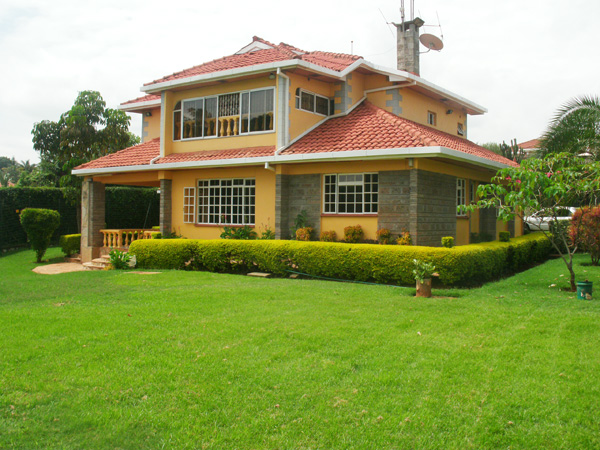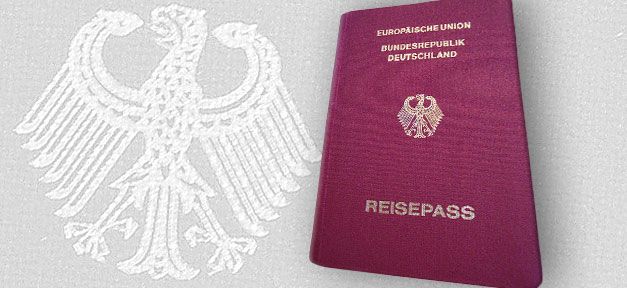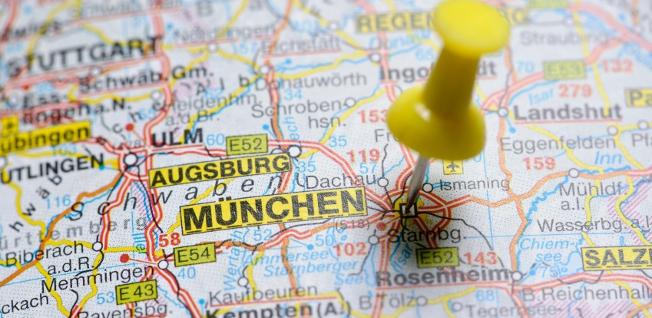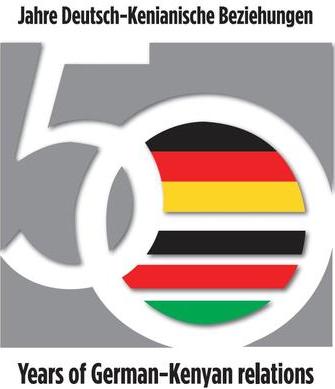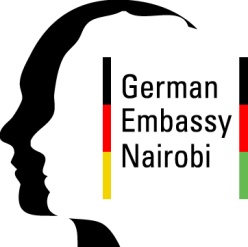Urban population in Kenya is rapidly growing posing a major challenge in housing that has seen majority of urban inhabitants reside in informal settlement commonly known as slums. With a deficit of 250,000 thousand housing units per annum, new cheaper building technology in Kenya are expected to turn around construction industry.
1. Expanded Polystyrene Panel EPS technology
The technology that uses cheaper materials compared to conventional stones and yet strong enough to withstand bullet and grenade attacks, is no doubt good news to both individual and real estate investors. { Kenya Broadcasting Corporation}
From the interview, it is revealed the size of the panel is 1.5 Metres by 3.0 Metres and costs Kshs. 5,000.00 at the Factory.
This translates to a cost of Kshs. 1,111.11 per Square Metre + Transport Costs + Cost of Concrete Plasterwork.
Substitute for Building Stones
“The panels act as a substitute for building stones and timber, guaranteeing better quality finished products that have thermal insulation and are environmentally friendly,” Mr Njuguna said.
It is estimated that a two bed-room unit built with the technology would cost Sh700,000 before finishing, about half of the cost when using bricks and timber. National Treasury Secretary Henry Rotich allocated National Housing Corporation Sh1.2 billion for the construction of more than 2,000 housing units. The National Housing Corporation plans to construct at least 50 houses in each county, starting with police quarters, in the coming financial year.{ Business Daily}
2. Precast concrete
Precast concrete is a construction product produced by casting concrete in a reusable mold or “form” which is then cured in a controlled environment, transported to the construction site and lifted into place. In contrast, standard concrete is poured into site-specific forms and cured on site. Precast stone is distinguished from precast concrete by using a fine aggregate in the mixture, so the final product approaches the appearance of naturally occurring rock or stone.
Concrete is the most widely used building material on earth. What we don’t hear often is that pre-casters are already doing things that positively impact sustainability!
Building Elements/Parts that can be Pre-Cast:
Roofing- Concrete hollow-pots for suspended slabs, waffle slabs and ribbed slabs.
Walling – Door and Window Lintels, Walling fabric and Window Sills, Sun-shading devices.
Foundation- Columns (Piles).
Laundry Fittings – For example wash-hand basins and dhobi sinks.
External Works – Storm water drainage, water reticulation, Manhole covers, garden furniture (seats, chairs etc) and External walls
Advantages of Precast Concrete
There is usually substantial wastage when standard concrete is used and pre-casting building elements like floor slabs, walling, beams and window sills can afford one great cost savings. The following are the major advantages of using Pre-Cast Concrete in Low-Cost Housing:
- Recycling Materials – Broken concrete pieces can be crushed and recycled for making other concrete forms. This reclaiming of aggregates and incorporating them into future forms being pre-cast is an added advantage.
- Reduction in the amount of construction waste both at the plant and construction site.
- Reduction in transport costs for example to ferry sand and cement to-and-from site.
- Reduction is site disturbance.
- Reduction in Noise Levels on construction sites.
- Incorporating integrated design into construction.
- Saving on Construction Time and Costs.
This is probably the first time am positively reviewing the value of pre-casts in lowering building costs. It suddenly occurred to me as a surprise that we are not using concrete the correct way…and so we keep complaining.
The versatility and resilience of pre-cast concrete as a building material cannot be over-emphasized. One only needs to look a little bit keenly to find solutions already in the making that will revolutionize the building construction process. I am getting convinced that the bulk of on-site batching and concreting is soon to be overtaken by the virtues of lean manufacturing. Pre-Cast Concreting is at the front of that race.
Comparison of prices
For Comparison purposes, the indicative cost of other related walling materials for a typical 200mm Thick Wall is as follows:
- Natural Quarry Stone – Kshs. 1,550.00 per square metre
- Machine dressed “Ruiru” stone – Kshs. 1,900.00 per square metre
- Solid Concrete Block Walling – Kshs. 2,400.00 per square metre
- Brickwork – Kshs. 1,600.00 per square metre
- Partition (Stramit plain board) {50mm Thick)- Kshs. 2,400 per square metre
- Stramit board veneered with Mahogany – Kshs. 6,000 per square metre
- Stabilized Soil Blocks (SSBs) – Kshs. 1,100 per Square Metre
- Hollow Pre-Cast Blocks (200mm Thick) – Kshs. 950 per square metre
- The SIPs available in the market cost approx. kes 1800 per m2 without transport and labour.
- Masonry wall costs kes 800 without transport and labour. Each stone is approx. kes 60 and there are 12 stones in 1 m2
In making a decision on what material one has to use, consider transport costs, finishes and labour to be engaged.
As a general rule, any composite walling material like Gypsum boards (Internal partitions) or the EPS Technology, takes less time to erect hence leading to additional cost savings on labour and time.
Nahinga is a Registered Quantity Surveyor practicing in Kenya. He is a member of IQSK and a director at UjenziBora Investment Ltd. We seek to provide Real Estate Solutions and Create Enduring Value in the lives of people and society.

